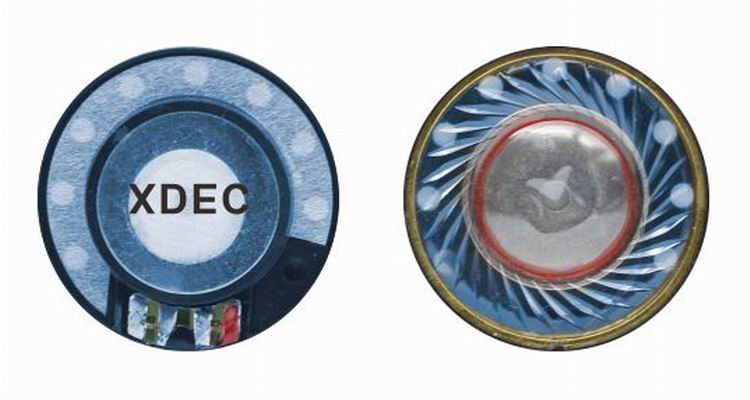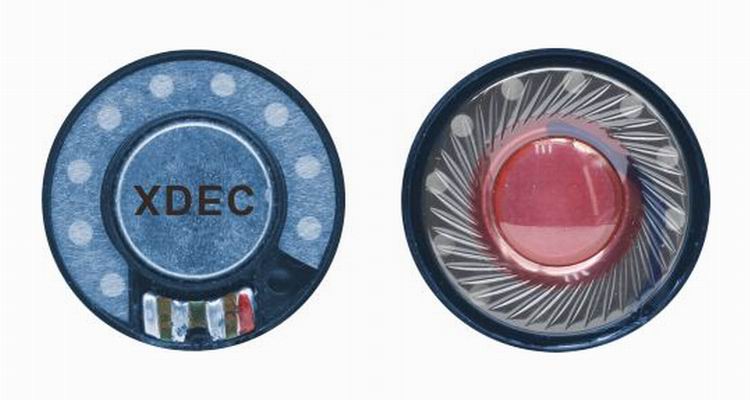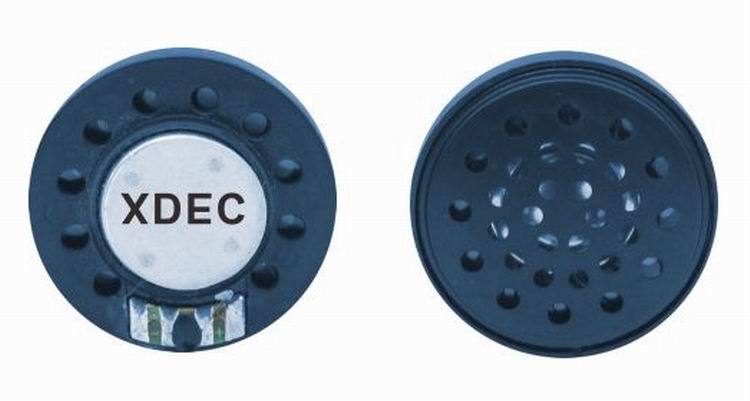With the continuous improvement of hospital information construction, network has become the mainstream direction of the development of hospital video surveillance. The flexibility, openness and scalability of networked video surveillance are also promoting the extension of hospital video surveillance to a wider range of applications.
Kodak Networked Hospital Video Surveillance Solution is a typical representative of this trend. In addition to being able to implement traditional security applications, Kodak's networked hospital monitoring solutions can also provide expanded applications such as surgical teaching, remote visitation, remote care, and remote medical consultation, thereby comprehensively improving hospital management efficiency and service quality.
Security Monitoring
Security is still the most important application of video surveillance in hospitals, involving areas such as fire prevention, anti-theft, and prevention of personnel disputes and violent incidents. The purpose is to protect the safety of life and property of medical personnel, patients, and family members.
According to the internal management area of ​​the hospital, the key protective parts of the hospital's security monitoring can be divided into medical area, medical technology area, logistics area, alarm area, access control area and administrative area: the medical area includes the waiting hall, registration fee window, ward aisle, ICU, operating room, source room, infusion room, emergency room, etc .; medical technology area includes scientific research building, central laboratory, pharmacy, drug storehouse, CT, linear accelerator, laboratory, etc .; logistics area includes hospital gates, main buildings Entrances and exits, hospital walls, hospital roads, parking lots, monitoring centers, information centers, etc .; alarm areas include registered toll windows, finance departments, toll offices, isotopes, pharmacies, drug stores, canteen warehouses, etc .; access control areas include the dean's office, ICU Intensive care units, operating rooms, radioactive source rooms, monitoring centers, information centers, central laboratories, pharmacies, pharmacies, financial departments, valuable instruments and data storage, registered fee windows, etc .; administrative areas include stair walkways, doctors and patients Communication place, security department, etc.
Different surveillance areas have different purposes for prevention. For example, the monitoring of the waiting hall is mainly to prevent personnel disputes and theft, the registration toll office monitoring is mainly to prevent service and money disputes, the pharmacy drugstore monitoring is mainly to prevent fire and theft, the wall monitoring is mainly to prevent illegal invasion of external personnel, and the information center monitoring is mainly to prevent theft and Computer room environment failure, etc.
The networked video surveillance solution can be used to quickly build a digital hospital security system that is convenient for centralized management, can be accessed anytime, anywhere, and deployed at a low cost, based on the existing local area network of the hospital, to achieve panoramic real-time monitoring of all the above prevention areas and prevention parts And management.
The monitoring center is located in the central control room and is equipped with a network monitoring and management platform, storage and TV wall. The monitoring points are located in the precautionary areas and precautions inside and outside the hospital, equipped with video encoders, cameras and related peripheral equipment. The images, sounds and alarm signals of each monitoring point are processed by the video encoder and then uploaded to the monitoring center through the hospital LAN to be managed, distributed and stored by the management platform.
Depending on the monitoring location, the peripheral equipment supporting the monitoring point will also vary. Most monitoring points are relatively simple, and generally only need to collect live video for encoding and uploading, without the need to deploy other peripheral equipment. For some special monitoring points, due to different prevention purposes, it is often necessary to deploy additional supporting equipment. For example: the pickup office often needs to deploy a pickup, and the on-site sound can also be monitored in order to better understand the service disputes; pharmacy drug store Fire, burglar alarms such as smoke, temperature, infrared, etc. need to be deployed to generate an alarm signal when a fire or a person breaks in, and then automatically trigger the monitoring center to generate a series of actions through the alarm linkage function provided by the system, including switching the monitoring point image Wall, sound and photoelectric warning to remind the staff of the monitoring center, at the same time to start monitoring point recording, etc .; the information center needs to deploy equipment room humidity, temperature, power and other dynamic environment parameter detection equipment, when the parameters exceed the alarm signal, automatically trigger the monitoring center linkage At the same time, these parameter information can also be superimposed on the monitoring image intuitively; infrared, access control and other equipment need to be deployed in the wall, ICU and other areas. When there is an illegal invasion, an alarm signal is generated to automatically trigger the linkage of the monitoring center.
Due to the use of a fully networked architecture, the entire system is very flexible in monitoring point access and client access. The monitoring point can be connected to the hospital LAN by wired or wirelessly. The client can be based on the hospital's internal office network, it can also be based on the Internet, and it can even access the surveillance images based on the mobile phone.
Remote visit
The hospital has some special wards. On the one hand, the patient is susceptible to external infections due to the seriousness of the patient. On the one hand, the patient ’s own disease is highly contagious and cannot be in direct contact with the outside world. A typical example is the Intensive Care Unit (ICU), which is a special place that focuses on the treatment of critically ill patients. The patients admitted here are all postoperative patients and critically ill patients, with the lowest resistance, the most prone to complications and serious infections. However, these patients often need the company's company and comfort at the same time.
In order to solve this problem, remote visitation can be realized through the network video monitoring system, which can not only protect patients from external infections or cross-infections, but also realize the "face-to-face" affective communication between patients and their families.
In terms of deployment, it is necessary to equip video encoders, cameras, microphones, speakers, and televisions in special wards, and set up remote visiting rooms outside the isolation area, equipped with video encoders, cameras, PCs, and headsets. These facilities are accessed through the hospital LAN Monitoring center management platform. Family members or friends can see the situation of the patient in the room in real time at the outdoor visiting point, and communicate with the patient, and the patient can also see the video of the family member outside.
If the management platform is connected to the Internet, family members or friends can log in remotely through the PC even at home or in the field, and visit and talk with the patient, which is convenient and fast.
Surgical teaching
Clinical teaching is an important task of the hospital, and it is responsible for training reserve medical personnel. The previous teaching method is usually on-site observation. However, on the one hand, due to the limitations of on-site conditions or surgical equipment, the space for on-site observation is narrow and the number of participants is limited. On the other hand, because the operating room and other places are places with high cleanliness requirements, in order to reduce cross-infection, external Personnel and non-surgical medical personnel come in and go out at the same time. At the same time, the flow of many people will bring unnecessary trouble to the normal treatment of patients. Therefore, on-site teaching and communication activities are greatly restricted, and the effect is very unsatisfactory.
And the construction of a visual remote teaching system through network video surveillance can solve this problem. Equipped with video encoders, cameras or professional medical cameras and sound pickups in the operating room, and connected to the monitoring center management platform in the operating room. In this way, the external observation and learning personnel are located in the observation room and teaching hall of the hospital, and can log in to the monitoring system through the PC to perform remote observation of the entire operation process. communicate with. The entire procedure of the operation can also be recorded and stored on the management platform for on-demand online learning. Observation and learning staff can observe and study remotely through the Internet even if they are in the field.
Telemedicine consultation
Due to the unbalanced development of domestic medical standards, tertiary hospitals are basically distributed in large and medium-sized cities, and high-grade, sophisticated and sophisticated medical equipment is also distributed in large cities. Patients, especially those in remote areas, because of the relatively backward local medical conditions, critical and difficult patients are often sent to superior hospitals for expert consultation. The transportation expenses for the doctor's visit, the accompanying expenses for the family members, and the hospitalization medical expenses all increase the financial burden on the patients. At the same time, the bumps in the road also caused harm to the already fragile patients, and many patients who did not have the conditions to go to the big hospitals delayed treatment and caused physical and mental pain for the patients and their families. Even in large cities, patients hope that they can go to tertiary hospitals to receive expert treatment, causing patients in primary hospitals to flow into municipal hospitals, increasing the burden on municipal hospitals, resulting in tight beds, while the primary beds are idle, the result is the distribution of medical resources Unevenness and waste.
With the help of the network video monitoring system, an effective remote medical network can be formed by the borderless interconnection of medical institutions at all levels to realize the transmission, storage, query, comparison, display and sharing of medical data and remote video and audio information. Patients in remote areas can easily share excellent medical resources and solve the above problems well.
In terms of deployment, a telemedicine or remote consultation point is set up in the hospital, equipped with a video encoder, camera, microphone, and speaker, and connected to the monitoring center management platform. External cooperative hospitals and foreign experts can log in to the hospital management platform remotely through a PC to remotely diagnose and remotely treat patients at the consultation site, watch the patient's injury, and communicate with the patient through voice intercom, which solves the shortage of some hospital experts. Problems, saving the cost and time of patients seeking medical treatment everywhere.
With the development of high-definition video surveillance technology, high-definition medical image data can be transmitted based on the network. Therefore, telemedicine consultation will be more and more widely deployed and applied in hospitals.
Telemedicine
Strengthening humanization and intelligent management, keeping abreast of the specific situation of each patient at any time, reducing the psychological and physical burdens of patients, and allowing family members to put patients in the hands of doctors with more confidence is the key to improving the service concept and service level of the hospital .
The use of network video surveillance to achieve visual remote care can effectively improve the traditional manual yelling efficiency, confusion and disorder problems, improve the voice transmission of hospital wards and hospital queuing service environment, improve the working conditions of medical staff, so that it can be in a convenient environment China provides good services to patients, thereby speeding up the modern management process of hospital operation.
For deployment, install video encoders, cameras, pickups, speakers, and call buttons in the ward, and install PC clients and intercom equipment at the nurse station. There are several applications: First, the patient actively triggers the linkage nurse station client to send a call message through the call button in the ward. The nurse station staff can immediately see the image in the call ward and communicate with the patient to provide intercom Medical services; second, the nurses on duty can call a certain ward to observe the patient's situation in real time and communicate with the patients; third, the nurses on duty can call multiple wards in groups or groups to broadcast speeches to these patients. Centrally notify or remind related matters.
Through the combination of video encoders and related medical facilities in the ward, more intelligent and humanized services can also be provided. For example, it is connected to the infusion alarm, and when the patient is infused, the alarm will be automatically sent to the nurse's station through the alarm linkage of the monitoring system. It is connected to the blood pressure meter, electrocardiograph, bedside monitor and other instruments to realize automatic alarm and superimposed display of data parameters and monitoring images , In case of any abnormality, report to the nurses and nurses at the nurse station in time.
Conclusion
Due to the advent of networking, hospital video surveillance is no longer limited to traditional security, but is increasingly combined with the hospital's own business. Remote surgical teaching, remote visitation, remote care, and remote medical consultation are very Typical application embodiment. With the integration of 3G and surveillance, it is possible to transmit clear and smooth surveillance video on the move. Hospital video surveillance will present a broader application space, and the hospital security market will usher in new growth points.
Headphone speaker is a king of speaker unit which is used for headphone, it also called headphone driver. These speakers have high sound pressure level, fast frequency response, wide frequency response range and low distortion. Headphone Speakers are mainly used for voice headphone (e.g. customer service phone, call center headphone, military intercom headset- ) and music headphone (e.g. Bluetooth headphone, sport headphone, game headphone-).
Our main headphone speakers include:
1) From the diameter, we have speakers in 23mm ~ 57mm.
2) From the impedance, we have speakers of 32ohm/150ohm/300ohm/1000ohm.



FAQ
Q1. What
is the MOQ?
XDEC: 2000pcs for one model.
Q2. What is the delivery lead time?
XDEC: 15 days for normal orders, 10 days for urgent orders.
Q3. What are the payment methods?
XDEC: T/T, PayPal, Western Union, Money Gram.
Q4. Can you offer samples for testing?
XDEC: Yes, we offer free samples.
Q5. How soon can you send samples?
XDEC: We can send samples in 3-5 days.
Headphone Speakers
Headphone Speaker,Headset Speaker,Earphone Speaker,Headphone Parts Speaker
Shenzhen Xuanda Electronics Co., Ltd. , https://www.xdecspeaker.com